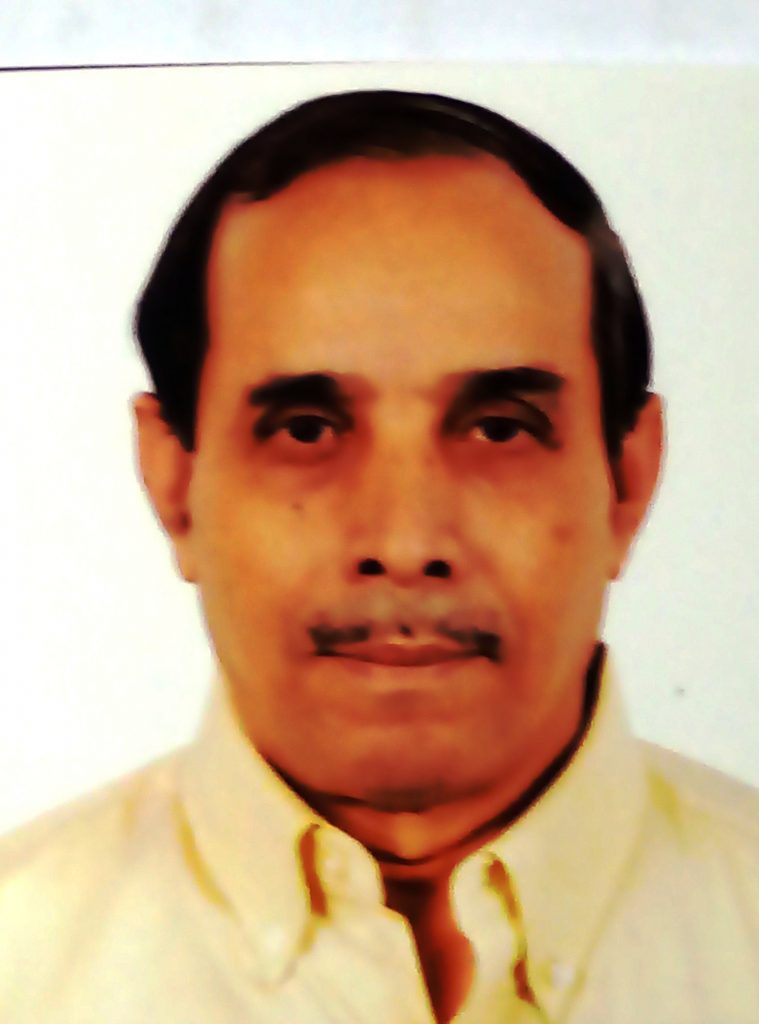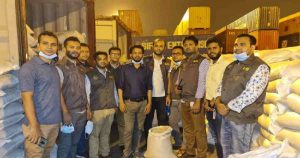Mostafa Kamal Majumder
The fifth Parliament elected under the interim government of Justice Shahabuddin Ahmed on 27 February 1991 had a host of new members to the Parliament. The election was like a festival with all parties taking part in it. The polling was exceptionally peaceful. Jatiya Party contested the election from some inherent difficulties as their party chief, HM Ershad, was under arrest and some of its leaders contested the election by remaining in hiding to avoid arrests. They became the common targets as their 9-year regime collapsed in the face of the joint movement of the BNP-led 7-Party Combine, the Awami League-led 8-Party Alliance, the 5-Party Alliance of left parties, and Jamaat. The 5-party Alliance had in 1986 broken away from the 15-Party Alliance protesting the participation of the AL and some other component parties in the election under the Ershad government. Some analysts say the strong measures taken against Jatiya Party leaders attracted people’s sympathy towards them. In Rangpur the people got united to protect ‘the son of the soil HM Ershad’ from the possible rough deal.
The BNP faced so many splits during the nine years as many of its leaders joined the Ershad government. Many Awami League leaders also joined the Jatiya Party government but the party was not as much shaken as the BNP was by the desertion of leaders. Awami League (Mizan) was with the Ershad regime from the very beginning and joined the Jatiya Party. BKSAL that had broken away from the leadership of Sheikh Hasina under the leadership of Mohiuddin Ahmed and Abdur Razzaque came back to the fold of the party after the 1991 election. Another faction led by Korban Ali joined the JP government by breaking away from the AL. BNP faced the first formal split immediately after the declaration of Martial Law in 1982 under the leadership Shamsul Huda Chowdhury and Dr. Abdul Matin who later joined the JP. A second major split in the party came when Captain Abdul Halim Chowdhury who headed BNP’s liaison committee for joint movement with other parties and alliances joined the Ershad government. BNP’s final split came in 1989 when a faction led by KM Obaidur Rahman distanced itself from the leadership of Begum Khaleda Zia. This faction subsequently came back to the BNP.
When the February 1991 election was called it was literally difficult for the BNP to nominate candidates from among its party workers. So the choice was to nominate many willing and deserving non-BNP people in constituencies where it did not have deserving party workers as candidates. The choices, therefore, were mostly new faces. The Awami League also nominated a lot of young workers to join the fray. The outcome was a significant number of new faces in Parliament in 1991.
It appeared that an overwhelming majority of BNP’s 146 MPs including Prime Minister Begum Khaleda Zia were freshers. All BNP MPs elected from Dhaka’s eight constituencies were new faces. In Greater Comilla all MPs but Col (retd) Akbar Hossain and Nurul Huda were freshers. On the other hand, most of the MPs of the Awami League were in Parliament before. AL had participated in the 1986 election under Jatiya Party, which was boycotted by the BNP. Yet the youngest MP in 1991 was Mirza Azam from the AL. Sixteen out of 18 MPs from Jamaat were new faces. Only Kazi Shamsur Rahman and Latifur Rahman were elected before. Similarly, four out of five MPs from the Communist Party of Bangladesh were newcomers. Only Dabirul Islam was elected before.
A conscious journalist can have access to the latest information on varied fields sometimes more than people specializing in those. I knew the Indian Lok Sabha did organize orientation programmes for newcomers to the House after election. I thus sought to know from the Bangladesh Parliament Secretariat if they had any plan to do so because there were so many new members. The senior-most professional man in the Parliament Secretariat replied in the negative because they did not have prior preparations for such a programme that was never organized before. But within a matter of a fortnight, an orientation programme was organized for the new members and the idea was well-received by the beneficiaries as well as the old members. The credit for this, however, was taken by the senior-most specialized Parliament Secretariat man who initially did not have such an idea in his mind. A day-long orientation programme was organized for the new MPs on 01 April 1991 at the MPs’ Club. The programme was designed to acquaint the new MPs with the Rules of Procedure of the House so that they could utilize time in Parliament in a systematic manner. Retired and serving officials of the Parliament Secretariat worked as resource persons at the orientation programme.
A leading member of Bangladesh’s CSP administration cadre Mujibul Huq, who retired as Cabinet Secretary to the Government during the Jatiya Party regime, once said at a meeting of Road transport owners and workers at the ‘Sarak Bhaban’ (now taken over by the Bangladesh Supreme Court) that they enrich their knowledge silently by benefitting from deliberations of meetings. Subsequently, they act armed with acquired knowledge. At one stage of the said meeting Transport workers’ leader, Abdur Rashid and Transport owners’ leader SA Khaleque had a fierce exchange of words and arms twisting giving threats and accepting challenges in turn. Secretary Mujibul Huq termed this as a ‘spirited discussion’ from which he got a number of important points regarding the road transport sector. He was at least frank enough to admit this.
After the liberation of Bangladesh, the Parliament Secretariat benefitted immensely from the knowledge and experience of Mr. Foyez Ahmed who, as far as I remember, rose to the rank of Joint Secretary and worked in an advisory capacity after his retirement from active service. His services were not available to the fifth parliament. He wanted recognition instead of working just on repeated extensions. By then the officials at the secretariat felt confident enough to run the show under secretaries deputed from the Administration Cadre. I interviewed Fayez Ahmed twice, first in 1981 when I wrote an article on the shape of the Parliament Building which was unique by itself and again after the fifth Parliament was elected.
03 July 2020




